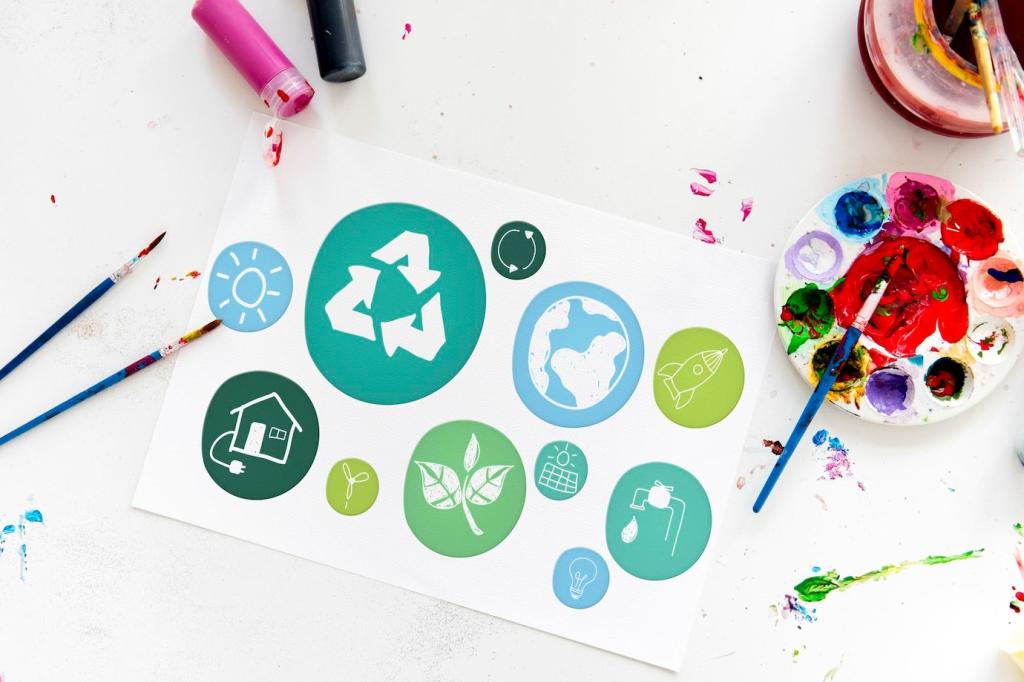
Plug In, Sort Right: Integrating Recycling with Charging Stations
Chosen theme: Integrating Recycling with Charging Stations. While vehicles charge, people have time to notice, learn, and act. Let’s turn every charging stop into a small, joyful victory for circularity and cleaner streets.
Why This Integration Matters Now
Drivers often spend 20–45 minutes near chargers. That dwell time is perfect for nudges that encourage proper sorting. With intuitive bins and timely prompts, we turn waiting into impact without preaching or adding friction.

Human-Centered Design at the Station
Bin–Charger Layout That Feels Obvious
Place bins within a few steps of chargers, aligned along natural walking paths and under good lighting. Accessible heights, stable footprints, and clear openings invite use while preventing spills, confusion, and accidental contamination.
Color, Icons, and Universal Language
Use standardized colors, large icons, and short phrases that survive a quick glance. Include braille or tactile indicators, color-vision-friendly contrasts, and bilingual messaging so every visitor can sort confidently and consistently.
Wayfinding From App to Pavement
Extend guidance into charging apps. A friendly notification during the session can show what goes where, highlight nearby bin locations, and share quick tips, reinforcing learning right when people are most receptive.
Smart Technology That Does the Sorting
Fill-level sensors, weight plates, and contamination flags can sync with charger uptime data. When technicians visit for maintenance, they can service bins too, streamlining routes and reducing emissions from separate collection trips.
Edge cameras can detect mis-sorts and offer gentle, privacy-respecting prompts via screen or app. No scolding, just helpful tips and positive reinforcement that guide better habits while keeping personal data off the cloud.
Aggregate diversion rates, contamination patterns, and seasonal trends. Test new labels, lid designs, or placement and compare outcomes. Share wins with users so they see how small choices add up across the network.

Operations and Logistics That Actually Work
Combine bin servicing with charger inspections. Train technicians to swap liners safely and log contamination notes. Fewer trips cut costs and emissions, while technicians already on-site become stewards of cleanliness and order.
Operations and Logistics That Actually Work
Set routines for wiping surfaces, clearing overflow, and checking lids. Ensure anti-slip zones, nighttime illumination, and gloves for staff. A tidy station encourages correct sorting and keeps chargers available, safe, and welcoming.


Business Models and Partnerships
Local brands can sponsor stations and receive transparent diversion metrics: kilograms recycled, contamination reduced, and avoided pickups. Public dashboards and periodic audits build credibility while funding maintenance and community education.
From Complaints to Cheers
In Riverside, early bins overflowed and labels confused visitors. Volunteers shadowed users for a week, then re-labeled openings and added lighting. Diversion jumped from 22% to 61%, and maintenance calls dropped noticeably.
Design Tweaks That Mattered
Moving bins two meters closer to chargers reduced litter. Swapping flat lids for shaped apertures stopped cross-stream dumping. A simple “Most Missed Items” panel taught specifics people remembered, especially at night after work.
What We’d Do Differently Next Time
We underestimated rainy-day contamination and staff turnover. Next round, we’d add drip shields, quick on-boarding videos, and laminated checklists. Early stakeholder walkthroughs would catch these issues before installation begins.

